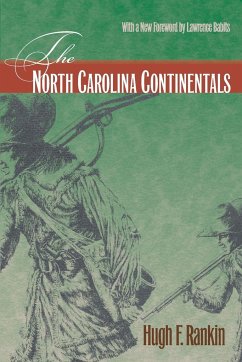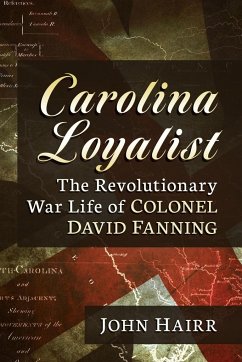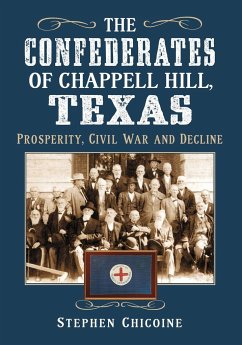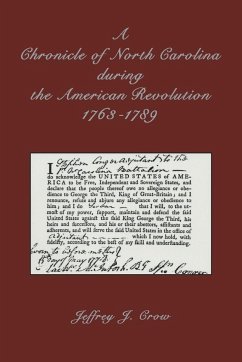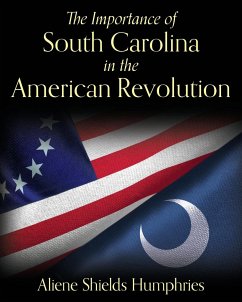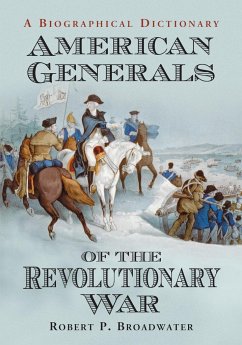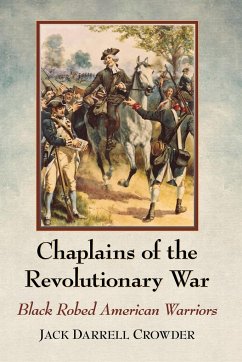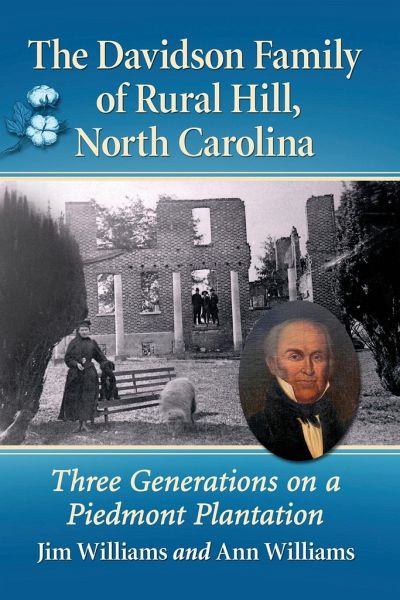
The Davidson Family of Rural Hill, North Carolina
Three Generations on a Piedmont Plantation
Versandkostenfrei!
Versandfertig in 1-2 Wochen
39,99 €
inkl. MwSt.

PAYBACK Punkte
20 °P sammeln!
John Davidson came to the North Carolina back country circa 1751 as a young man, with his sister and widowed mother. Typical of Scots-Irish settlers, they arrived with little more than basic farming tools, determined to make it on their own terms. Davidson worked hard, prospered, married well and built a plantation on the Catawba River he called Rural Hill. The Davidson's were loyal British citizens who paid their taxes and participated in colonial government. When the Crown's overbearing authority interfered, independence became paramount and Davidson and his neighbors became soldiers in the ...
John Davidson came to the North Carolina back country circa 1751 as a young man, with his sister and widowed mother. Typical of Scots-Irish settlers, they arrived with little more than basic farming tools, determined to make it on their own terms. Davidson worked hard, prospered, married well and built a plantation on the Catawba River he called Rural Hill. The Davidson's were loyal British citizens who paid their taxes and participated in colonial government. When the Crown's overbearing authority interfered, independence became paramount and Davidson and his neighbors became soldiers in the Revolutionary War. After the war Davidson managed his plantation, created shad fisheries, helped develop the local iron industry with his sons-in-law and was an early planter of cotton. His sons and grandsons, along with their slave families, continuously increased and improved the acreage and became early practitioners of scientific farming. Drawing on public documents, family papers and slave records, this history describes how a fiercely independent family grew their lands and fortunes into a lasting legacy.





